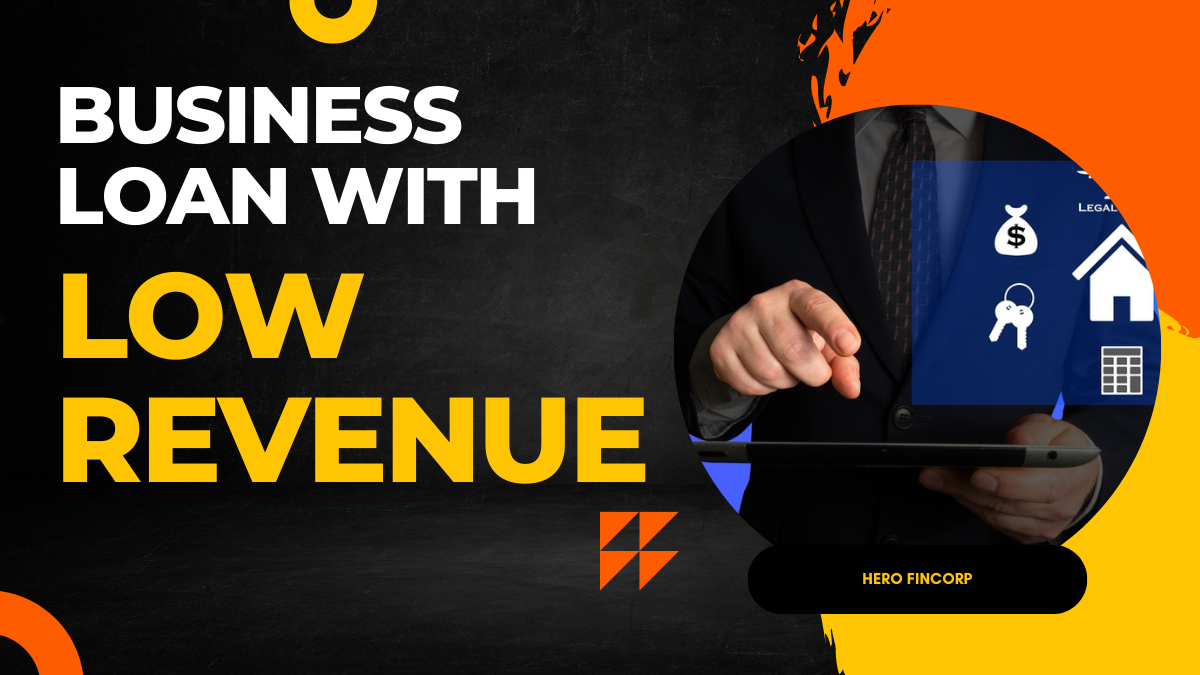Buying a home is one of the most significant financial decisions you’ll make in your lifetime, and for most people, it involves getting a mortgage loan. Whether you’re a first-time homebuyer or looking to refinance your existing mortgage, understanding how mortgage loans work is essential. In this blog, we’ll break down what mortgage loans are, the different types available, and tips on how to secure the best loan for your needs.
What is a Mortgage Loan?
A mortgage loan is a type of loan used to purchase real estate. When you take out a mortgage, you borrow money from a lender (usually a bank or mortgage company) to buy a home. In exchange, you agree to repay the loan over a set period, typically 15 to 30 years, with interest. The home itself serves as collateral, meaning the lender can seize the property if you fail to make your payments.
Types of Mortgage Loans
There are several types of mortgage loans, each with its own terms, interest rates, and requirements. Here’s a look at the most common options:
- Fixed-Rate Mortgage:
A fixed-rate mortgage offers a consistent interest rate for the entire term of the loan. This stability makes it easier to budget for your monthly payments, as they remain the same year after year. Fixed-rate loans are typically available in 15, 20, or 30-year terms. - Adjustable-Rate Mortgage (ARM):
ARMs start with a lower interest rate for an initial period (usually 3, 5, or 7 years), after which the rate can adjust annually based on market conditions. While ARMs can be attractive due to their initial lower rates, they come with the risk of rising payments if interest rates go up. - FHA Loans:
Backed by the Federal Housing Administration, FHA loans are popular among first-time homebuyers and those with lower credit scores. They require a smaller down payment (as low as 3.5%) and have more lenient credit requirements, making homeownership more accessible. - VA Loans:
VA loans are available to eligible veterans, active-duty service members, and certain members of the National Guard and Reserves. These loans, backed by the Department of Veterans Affairs, typically require no down payment and offer competitive interest rates with no private mortgage insurance (PMI). - Jumbo Loans:
Jumbo loans are used to finance properties that exceed the conforming loan limits set by Fannie Mae and Freddie Mac. These loans are ideal for high-value homes but often come with stricter credit requirements and higher interest rates due to their larger loan amounts.
How to Qualify for a Mortgage Loan
Qualifying for a mortgage loan depends on several factors, including your credit score, income, debt-to-income ratio (DTI), and down payment amount. Here are some steps to improve your chances of approval:
- Check Your Credit Score:
Your credit score plays a crucial role in determining your loan eligibility and interest rate. A higher score usually results in better loan terms. Check your credit report for errors and work on improving your score by paying down debt and avoiding late payments. - Save for a Down Payment:
While some loans, like VA and USDA loans, may not require a down payment, most conventional loans do. The more you can put down, the less you’ll need to borrow, which can lower your monthly payments and potentially get you a better interest rate. - Reduce Your Debt:
Lenders look at your DTI ratio to ensure you can handle your new mortgage payments along with your existing debts. Paying down credit cards, personal loans, and other debts can improve your DTI ratio and increase your chances of loan approval. - Get Pre-Approved:
Getting pre-approved for a mortgage shows sellers you’re a serious buyer and helps you understand how much home you can afford. Pre-approval involves a lender reviewing your financial situation and providing a conditional commitment for a loan amount. - Compare Lenders:
Don’t settle for the first mortgage offer you receive. Compare rates, fees, and loan terms from multiple lenders to find the best deal. A slight difference in interest rates can save you thousands of dollars over the life of the loan.
Tips for Choosing the Right Mortgage
Consider Your Long-Term Plans: If you plan to stay in your home for a long time, a fixed-rate mortgage might be the best choice. If you expect to move within a few years, an ARM might be more cost-effective initially.
Look Beyond the Interest Rate: Pay attention to other loan costs, such as closing costs, fees, and mortgage insurance premiums. These can add up and affect the overall cost of your mortgage.
Think About Your Monthly Budget: Ensure the monthly payment fits comfortably within your budget, considering potential changes in income or expenses.
Conclusion
A mortgage loan is a powerful tool that can help you achieve the dream of homeownership. By understanding the different types of loans and what it takes to qualify, you can make informed decisions and choose the best mortgage for your financial situation. Remember to take your time, compare your options, and work with a trusted lender to ensure a smooth and successful home-buying journey.
If you have any questions about mortgage loans or need personalized advice, consider speaking with a mortgage advisor who can guide you through the process. Happy home hunting!




